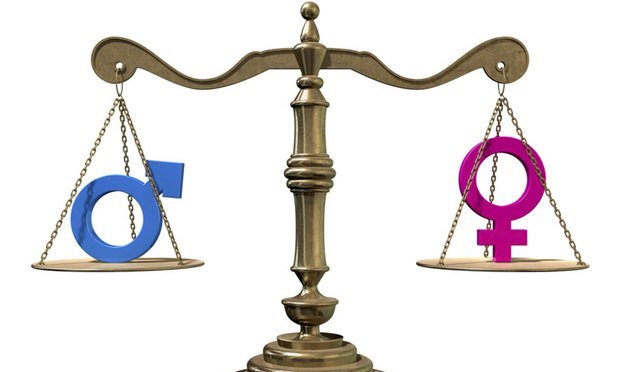[ad_1]
As the issue of gender inequality is gaining more attention, Canada offers a glimmer of hope in the fight for gender equality; A recent law passed in British Columbia is an encouraging example of how legal frameworks can reduce gender inequality by promoting transparent and equitable pay.
British Columbia New Pay Transparency Act
In May 2023, the Canadian province of British Columbia passed a new Pay Transparency Act to promote gender equality. The act places new requirements on employers to address systemic discrimination in the workplace. Employers are required now to report on their gender pay gap every year publicly. Furthermore, employers must include pay or pay range details in all their publicly advertised job opportunities. Employers are also forbidden from asking job applicants about their pay history. This new legislation is a significant step toward promoting pay equity and combating systemic discrimination in the workplace.
|
“Women in British Columbia earned 17% less than men last year.” Government of British Columbia |
Women in British Columbia, Canada, earned 17% less than men in 2022, highlighting the persistent gender gap in the province the recently enacted legislation aims to address. The Pay Transparency Act strives to close the pay gap through pay transparency and encourages employers to address any possible compensation disparities.
The recent legislation prohibits employers from asking job applicants about their pay history, which has been found to perpetuate the gender pay gap. Women tend to have lower starting salaries than men, and asking about pay history locks them in lower rates. By eradicating this practice, the new legislation promotes pay equity and ensures that individuals are paid based on their qualifications and experience rather than their gender.
The Pay Transparency Act also requires employers to include the expected pay or pay range for a job opportunity in publicly advertised job postings. As employers must disclose pay ranges for open positions, job seekers will be able to determine their work’s worth accurately. Listing the expected pay or the expected pay range when advertising for an open job opportunity will increase transparency around workers’ compensation and help individuals accurately estimate the pay scale for a given position. Additionally, transparent pay will put applicants in a stronger position to negotiate fair wages. Ultimately, this policy will help promote pay transparency and accountability in the workplace.
Read: Patriarchy and Female Leadership: A Privilege Not Given
Pay Transparency Act: Progress, but more work remains
While British Columbia’s new pay transparency legislation is a step in the right direction, considerable work is still to be completed to achieve pay equality; For now, The requirement to report on the gender pay gap is only mandatory for a portion of employers. The policy will take several years to be enforced for all employers in British Columbia. Additionally, the legislation does not tackle key elements such as the maternity penalty and the gender gap resulting from unequal pay for work of equal value.
It is also critical to recognize how gender interacts with other forms of discrimination, such as race and ethnicity, which can lead to compounded inequalities; The intersectionality of gender with other forms of discrimination affects career progression and access to opportunities. Women of color are systemically marginalized when it comes to occupying leadership positions. In contrast, they are overwhelmingly represented in lower-paying jobs. Additionally, LGBTQ+ identifying women face additional forms of discrimination, amplifying their barriers to leadership roles. Therefore, beyond legislation and policies, companies are also responsible for addressing intersectionality and pay equity. Organizations should analyze their internal structures and practices to identify areas where biases may exist. These biases can include hiring practices, performance evaluations, and promotion opportunities.
Advancing Intersectionality and Pay Equity
A strategy to tackle intersectionality in the workplace is to secure diverse individuals among decision-makers in organizations. This can be achieved by creating diverse hiring panels and actively seeking candidates from underrepresented groups to occupy positions at different levels of the organization. Companies could also provide all employees with training and educational materials on unconscious bias. They are also encouraged to take additional initiatives to promote pay equity, such as conducting regular pay audits and making necessary wage adjustments.
As we look toward the future, pursuing intersectionality and pay equity remains an ongoing effort that requires sustainable work and attention. While strides have been made, there is a long road to equality. The COVID-19 pandemic has brought new challenges to the forefront; It has exacerbated many existing inequalities, as job loss and economic instability have disproportionately impacted women and people of color. Civil societies, governments, international organizations, and companies must prioritize these issues, especially as the world changes and adapts in the post-pandemic era.
Read: Cost of Gender Inequality: Analysis of Reports and Data
[ad_2]




